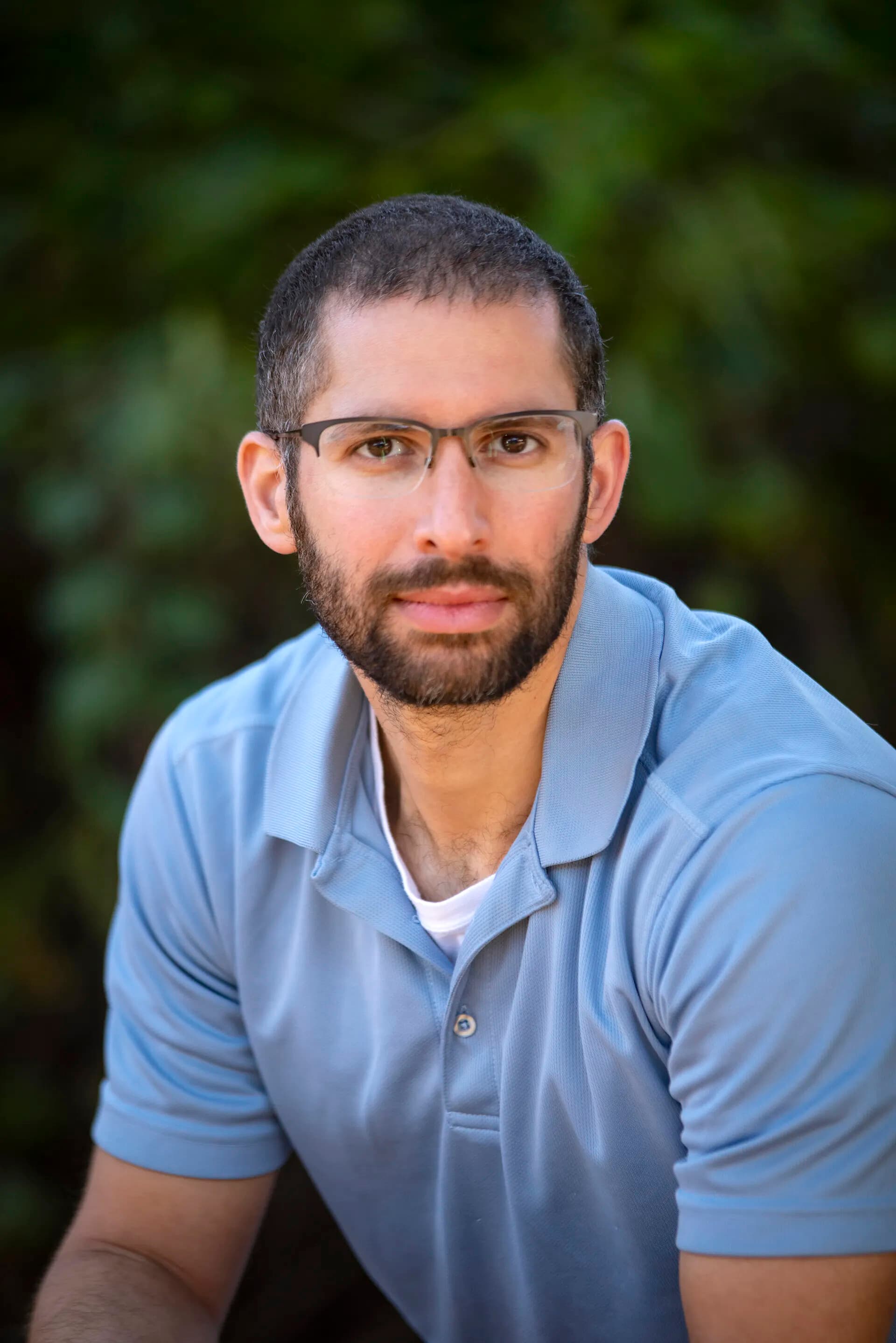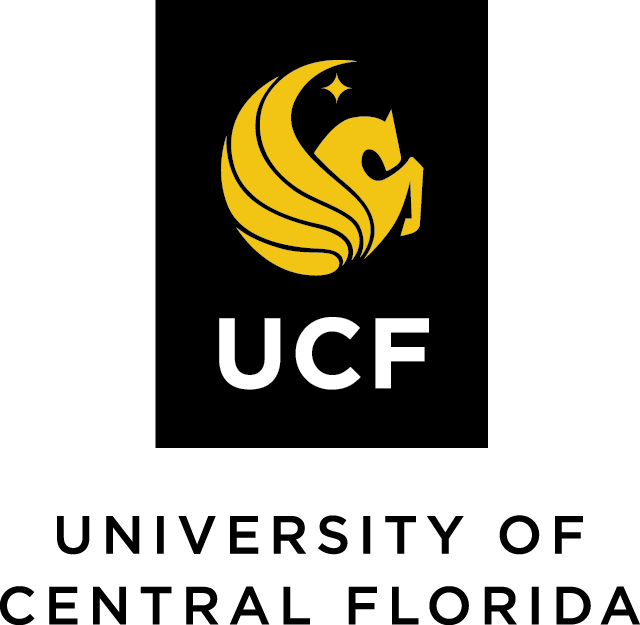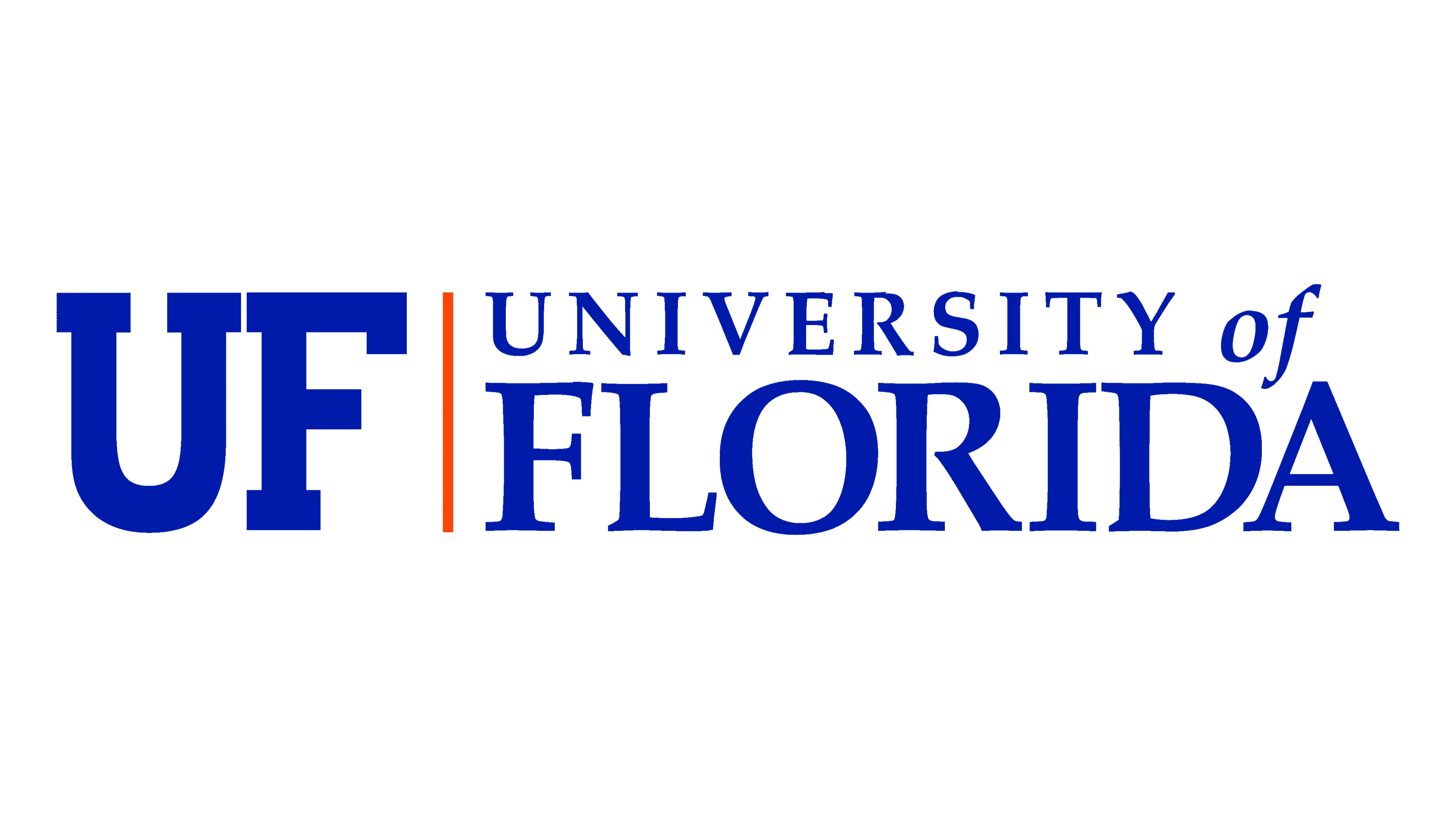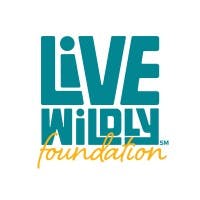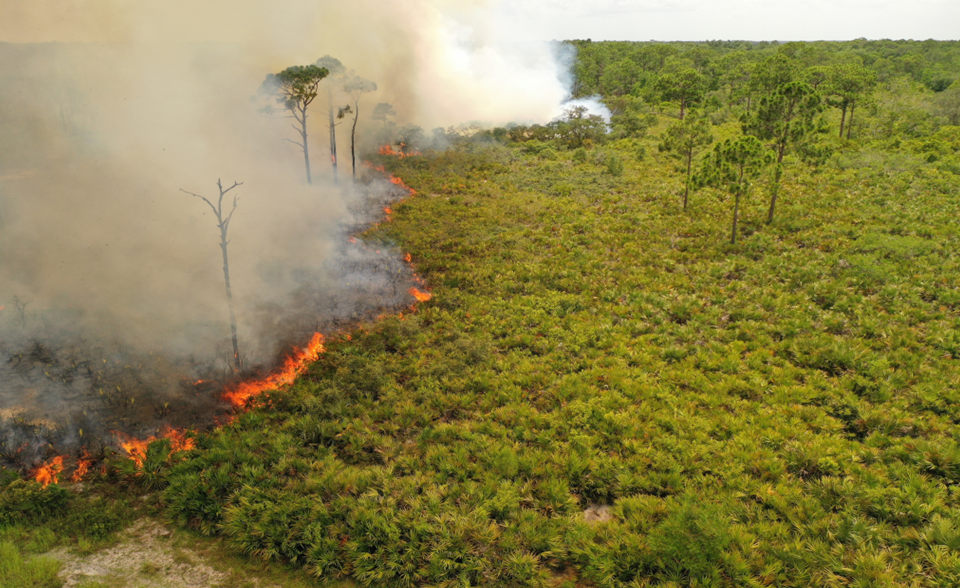
Climate and wildlife corridors
How does the Florida Wildlife Corridor help provide resilience to climate change?
Florida is ground-zero for climate change impacts as our natural and human communities are forced to grapple with increasing heat, flooding, sea level rise, and wildfire risk. Archbold approached Florida Atlantic University to assess overlaps between land conservation in the Florida Wildlife Corridor and the resilience of the state’s nature and people to advancing climate change. Archbold’s conservation program is using the report’s results to credibly motivate the Corridor’s protection.
Major Findings & Impact
- The Corridor is both sensitive to climate change and a world-class adaptation plan.
- The Corridor is necessary but not sufficient for statewide resilience as Floridas’s population grows. For example, conserving large, connected open spaces limits exposure of people and property to wildfire along development edges, but management with prescribed fire is still needed to further reduce wildfire risk and maintain wildlife habitats.
- Frameworks for smart planning of where and how to build new and refreshed developments in Corridor-compatible ways exist, but require political will and avoiding the status quo.
- The Corridor provides billions of dollars’ worth of flood hazard protection, largely by keeping floodplains undeveloped. About two-thirds of Florida’s floodplains, or ~10 million acres, are located within the Florida Wildlife Corridor.
Project Details
More about this project
Collaborators
Colin Polsky and Jay Baldwin, lead authors, Florida Atlantic University
Data and Analysis Types
A summary of the state of the science on large landscape conservation and climate resilience in the Florida Wildlife Corridor.
Primary Location(s)
Florida Wildlife Corridor, Statewide
Years Active
2023-2024
Related People
Featured Publications
"For Florida to continue to thrive economically and advance to a more sustainable future, protecting biodiversity, maintaining ecological connectivity, and mitigating and adapting to climate change are all necessary. Moreover, all of these measures are interrelated."
